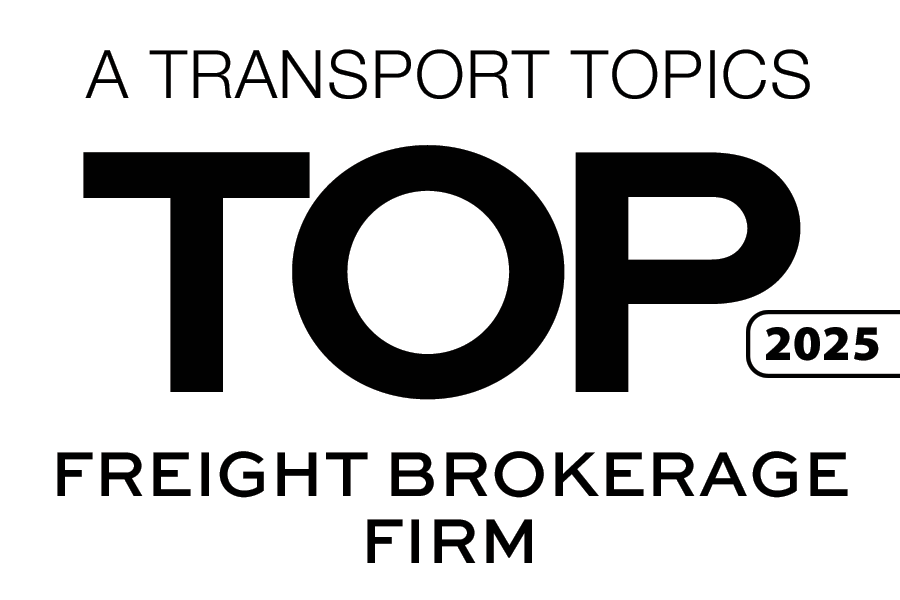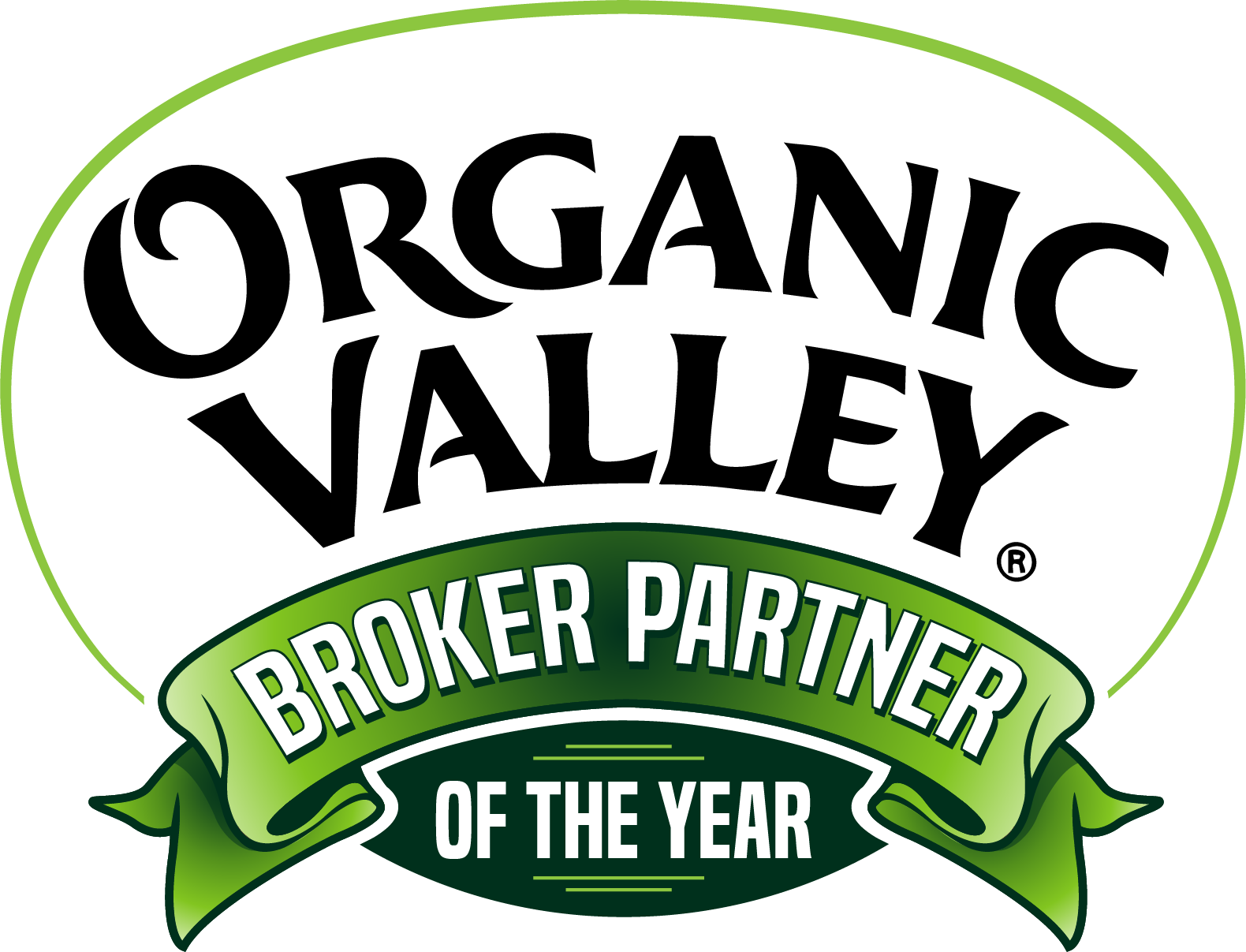Overcoming the roadblocks to tech investment
August 2, 2023
 Investment in supply chain visibility platforms and other tech can pay off in the long run, but coming to terms with the up-front cost might be a challenge for stakeholders in your network. Selling these investments upstream takes careful timing and a clear demonstration of value. In many cases, adopting something new will mean putting another item in your budget to the side. This can present a functional roadblock to the adoption of new technology in spite of the value it could eventually bring. How can these roadblocks be overcome?
Investment in supply chain visibility platforms and other tech can pay off in the long run, but coming to terms with the up-front cost might be a challenge for stakeholders in your network. Selling these investments upstream takes careful timing and a clear demonstration of value. In many cases, adopting something new will mean putting another item in your budget to the side. This can present a functional roadblock to the adoption of new technology in spite of the value it could eventually bring. How can these roadblocks be overcome?
Choosing the right technology company to partner with is the first step in bringing down barriers to entry.
“You’ve got to partner with companies that are invested in select core competencies,” explains Glenn Koepke, GM of Network Collaboration at FourKites. “It’s really important for buyers to understand what is core to a company, and what is kind of a pet project.”
The modern transport industry brings shippers into contact with countless tech companies. Carriers and brokers are beginning to blur the line between the traditional service-driven model and one driven by proprietary tech products. These divergent business models can lead to strained priorities and a lack of quality service. To ensure the best outcome for services such as real-time tracking and supply chain visibility, it’s best to partner with a company that makes those offerings their primary focus.
What are the keys to advocating for new technologies amongst stakeholders? Find advice on this topic and more in the latest episode of the Stay In Your Lane Podcast.
“As long as you’re investing in companies that are focused on their core and have proven use cases, you will be successful,” says Koepke. “If you’re rolling the dice with companies who have a cool concept, but it’s not really core to who they are, it’s going to fizzle out over time.”
The gap between what a sales team promises and what is delivered by operations is nothing new in the transport field. For buyers in tech, the issue of proven value is another major hurdle to overcome. The threshold for expecting your partners to adopt technology should be that you would be willing to spend your own budget on said tech.
“Every project should be looked at as if you are spending your own money,” says Nathan Helms, Operations Executive at Organic Valley. “Coming from a farmer-owned co-op, I have to look at it as, is this worth spending the farmers’ money on? Because that’s exactly what I’m doing.”
Understanding the value of a product and keeping your fellow stakeholders’ budgets in mind will help ease the transition to new technologies. As a buyer, making room in your budget for experimentation with new platforms can help drive innovation and allow for hands-on vetting of potential product partners.
“Tech is going to continue to evolve, and it’s important for companies to set aside a budget to experiment or innovate,” says Koepke. “The concept of buying logistics technology did not exist 10 years ago. Now you see transportation companies buying software products for visibility and e-documents. A lot of new things are coming into play.”
Keeping a part of your budget set aside for experimentation with new tech will allow your company to keep pace with emerging trends and discover the right platforms to benefit your network of stakeholders. Segmenting a certain portion of funds expressly for trial and error will help insulate your budget at large from excess spending on new tech.
The decision to integrate new technology should never be made on an individual basis, but always as part of a larger team of stakeholders. Trying something new can enhance operations, but these decisions can be met with resistance if the interested parties aren’t brought onboard at the appropriate stage in the decision-making process.
“As an end user, why am I going to embrace something that I had no say in and that now changes the way I operate?” asks Koepke. “That’s where the team concept from day one is so important.”
In other cases, a potential new product could be similar to something already in place. Making room for these conversations among stakeholders is the best way to ensure success.
“You cannot do it on your own,” adds Helms “I have three extremely exceptional people who work for me. When we switched to our new TMS, they were all heavily involved in it.”
Choosing the right partners, thoughtful budgeting, and consideration to the needs of your fellow stakeholders. These are the keys to successfully implementing a new tech platform within your logistics network. For more practical tips from leading industry experts, subscribe to the Stay In Your Lane Podcast from Triple T Transport.














